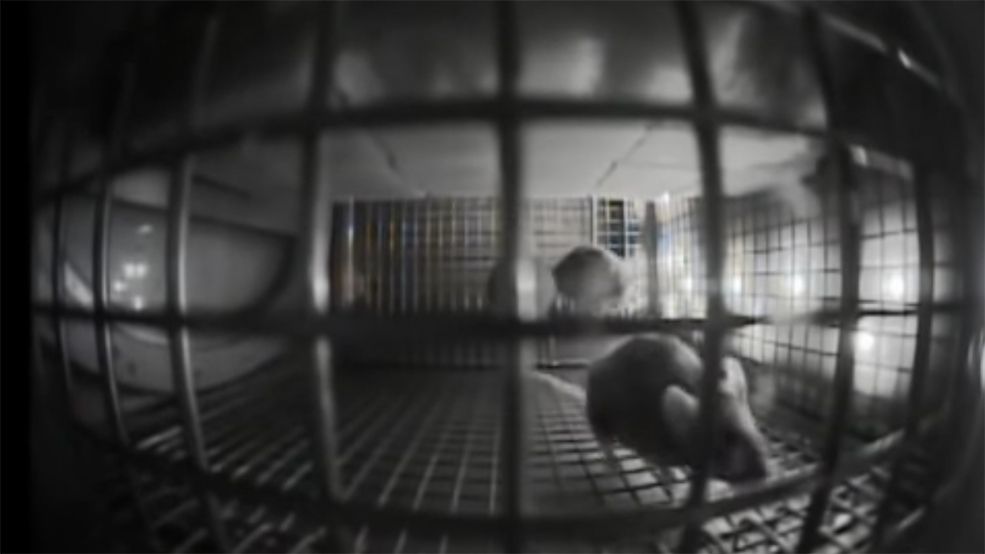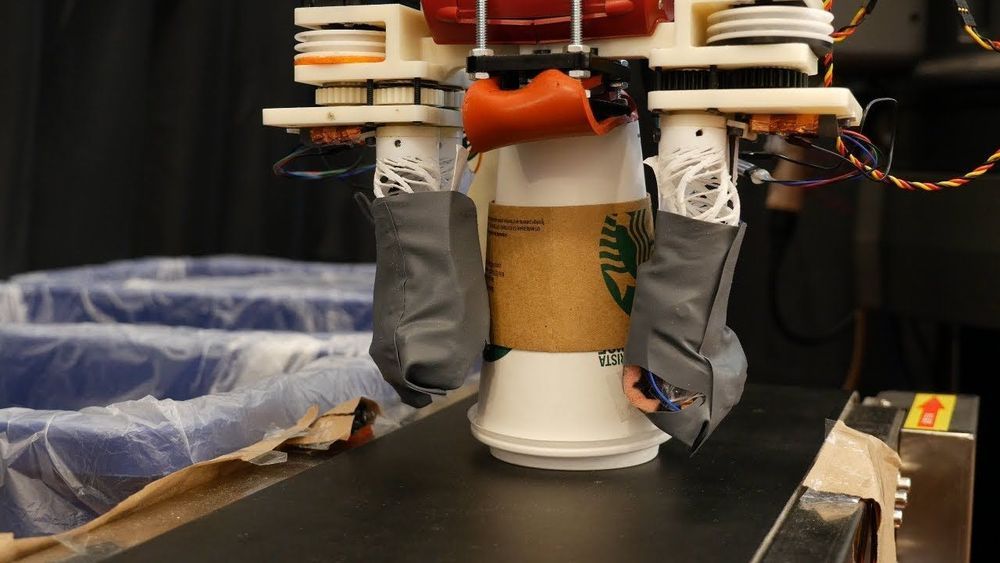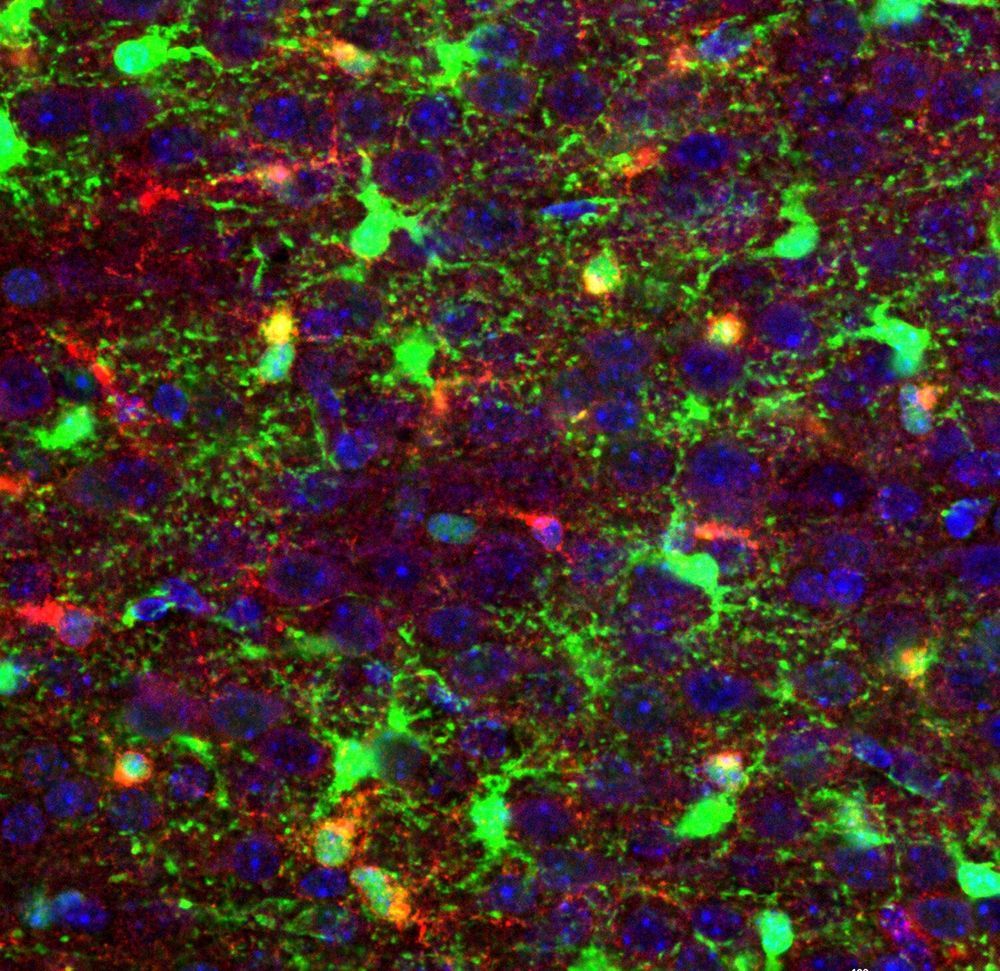Page 8954
Apr 12, 2019
The First Group of Female Cosmonauts Were Trained to Conquer the Final Frontier
Posted by Genevieve Klien in categories: military, space
In early 1962, members of the male space squad gathered at a dining room in Star City and were joined by Yuri Gagarin. “Congratulations! Get ready to welcome the girls in a few days,” announced Gagarin.
“We, a tiny group of military test pilots selected for the space program, had been living together as one big family in Star City for two years. We shared struggles and knew everything about each other, and now we had to accept new members to our family,” recalled cosmonaut Georgi Shonin.
“When we started training together, it was very unusual to hear soft and feminine call signs Chaika (seagull) or Bereza (birch) instead of solid and firm Sokol (falcon) or Rubin (ruby),” Shonin continues. “Their intonations alone were telling. If a voice was sonorous, everything went as planned. But sometimes their voices sounded pitiful. That meant the instructor was practicing certain failures of the system with them, and Bereza or Chaika was trying to fix the problem.”
Continue reading “The First Group of Female Cosmonauts Were Trained to Conquer the Final Frontier” »
Apr 12, 2019
Tesla launches Model 3 leases, will keep cars for autonomous Uber-like service after term
Posted by Genevieve Klien in categories: robotics/AI, transportation

Tesla announced today that it is launching a lease program for Model 3 and interestingly, it won’t let people buy the cars after the leases come to term as it plans to use them in its planned self-driving Uber-like service dubbed ‘Tesla Network’.
Along with a series of changes to its lineup today, Tesla also announced that it is launching its lease program for Model 3 today:
Apr 12, 2019
This AI-generated sculpture is made from the shredded remains of the computer that designed it
Posted by Genevieve Klien in category: robotics/AI
Apr 12, 2019
Video Captures How Mice React to Zero Gravity Aboard Space Station
Posted by Genevieve Klien in categories: habitats, space travel

The behavior of 20 mice on the International Space Station is helping shed some light on how humans might adapt to living in space.
The female mice were flown out on the International Space Station aboard an uncrewed SpaceX Dragon capsule and spent up to 37 days floating in NASA’s Rodent Habitat. Video footage show that the mice immediately began their usual grooming, feeding, huddling and socializing, but within 10 days of leaving Earth, younger mice began to run in circles around their cage.
Continue reading “Video Captures How Mice React to Zero Gravity Aboard Space Station” »
Apr 12, 2019
How A Brazilian Photographer Restored An Entire Forest With 2.7 million Trees In 20 Years
Posted by Quinn Sena in category: futurism
By Mayukh Saha
A part of growing up is becoming aware of changes. Have you ever wondered how your neighborhood completely changes when you are walking down those familiar streets ten to fifteen years later? Now, imagine if you lived in a place surrounded with trees and found all of them have vanished when you returned from a trip? That is what happens when we have rampant deforestation taking place all over the world. We are aware of the problem, but few countries are taking any step towards it. That’s why we need to step up as individuals and make a change.
Enter award-winning photojournalist Sebastião Ribeiro Salgado and his wife Lélia Deluiz Wanick Salgado.
Apr 12, 2019
EGEB: Solar cell breakthrough, Hawaiian solar projects, Chicago renewables, Amazon, and more
Posted by Quinn Sena in categories: climatology, education, solar power, sustainability

- Researchers figure out a new way to pair perovskites with silicon for a solar boost.
- Hawaiian Electric sets new goals for solar and storage.
- Chicago officially commits to its 100% renewable energy goal for 2035.
- Anaheim builds nine new solar projects at public schools.
- Amazon employees want the company to take action on climate change, stop supporting fossil fuels.
Apr 12, 2019
Shutting down deadly pediatric brain cancer at its earliest moments
Posted by Quinn Sena in categories: biotech/medical, genetics, neuroscience
Cell-by-cell genetic analyses of developing brain tissues in neonatal mice and laboratory models of brain cancer allowed scientists to discover a molecular driver of the highly aggressive, deadly, and treatment-resistant brain cancer, glioblastoma.
Published findings in Cell Stem Cell describe how the single-cell analyses identified a subpopulation of cells critical to glioblastoma formation—the early primitive progenitor cells of oligodendrocyte brain cells, pri-OPC progenitors, according to Q. Richard Lu, Ph.D., lead investigator and Scientific Director of the Brain Tumor Center at Cincinnati Children’s Hospital Medical Center.
The data suggest that reprogramming of primitive oligodendrocyte progenitors into a stem-like state plays an important role in glioma initiation and progression. The researchers’ primary molecular target in the study, a protein called Zfp36l1, launches biological programs that mirror those of healthy early brain development in the mice, but instead help fuel brain cancer growth. The discovery presents an opportunity to find out if new therapeutic approaches can stop glioblastoma at its earliest stages of initial formation or recurrence, Lu said.
Continue reading “Shutting down deadly pediatric brain cancer at its earliest moments” »
Apr 12, 2019
Recycling robot can use sense of touch to sort through the trash
Posted by Quinn Sena in categories: robotics/AI, sustainability

MIT’s Computer Science and Artificial Intelligence Lab (CSAIL) is developing a robot that sorts for recycling. Fundamentally, the squad’s robot arm has soft grippers ad the robot can take objects from a conveyor belt and identify what they are made from— by touch.
Tactile sensors on the robot are the main feature. The sensorized gripper is fully electrical driven. It can detect the difference between paper, metal and plastic.
Continue reading “Recycling robot can use sense of touch to sort through the trash” »
Apr 12, 2019
Global economy would save up to $160 trillion
Posted by Quinn Sena in categories: climatology, economics, health, sustainability
In fact, according to IRENA’s new report, the most cost-effective strategy to achieve a “climate-safe future” — keeping global warming below 2 degrees Celsius (3.6 degrees Fahrenheit) — is an accelerated energy transition to renewables and energy efficiency coupled with electrification of key sectors like transportation.
This Renewable Energy Roadmap (REmap) scenario “would also save the global economy up to USD 160 trillion cumulatively over the next 30 years in avoided health costs, energy subsidies and climate damages.”
At the same time, IRENA reports, “every dollar spent on energy transition would pay off up to seven times.”
Continue reading “Global economy would save up to $160 trillion” »














